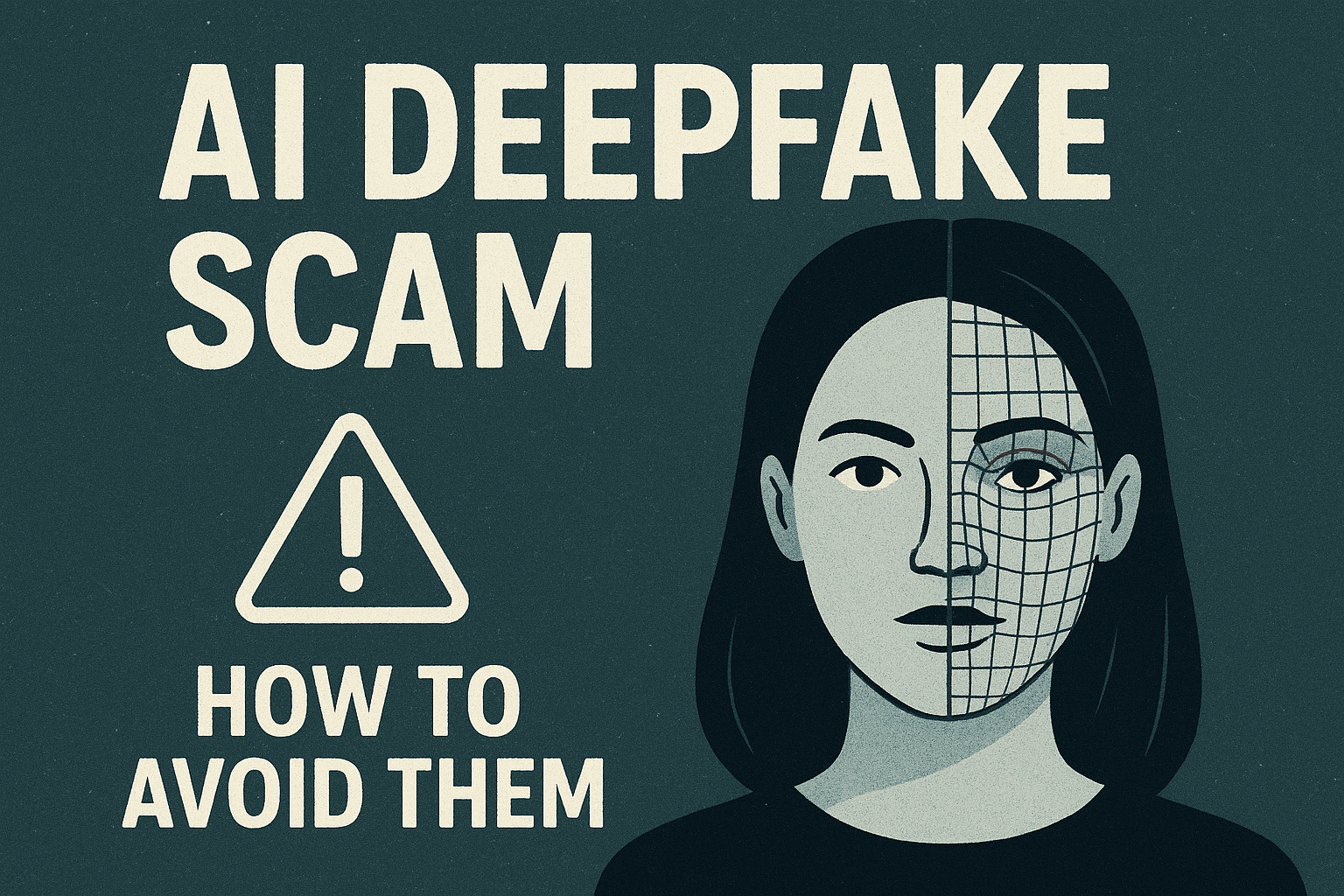- Home
- About Us
- Blacklist Scam Companies
- Regulated Broker Reviews
- Scam Types
- Forex Trading Scams
- Cryptocurrency Scams
- DeFi Scams
- Temu scams
- Dating/Romance Scams
- Tax Scams
- Pension Scams
- Investment scams
- Netflix Scams
- Travel Prize Scams
- Share And Bond Scam
- Weight Loss Scams
- Corona Virus Scams
- Pet Scams
- Chat Scam
- Student Loan Scam
- Paypal Scams
- Email Scams
- CFD Scam
- Metatrader5 Scams
- FP Markets – Scam or Legit?
- Facebook Scams
- Telegram Scams
- Adoption Scams
- Automobile Warranty and Insurance Scams
- Blog
- Contact




Leave a Comment